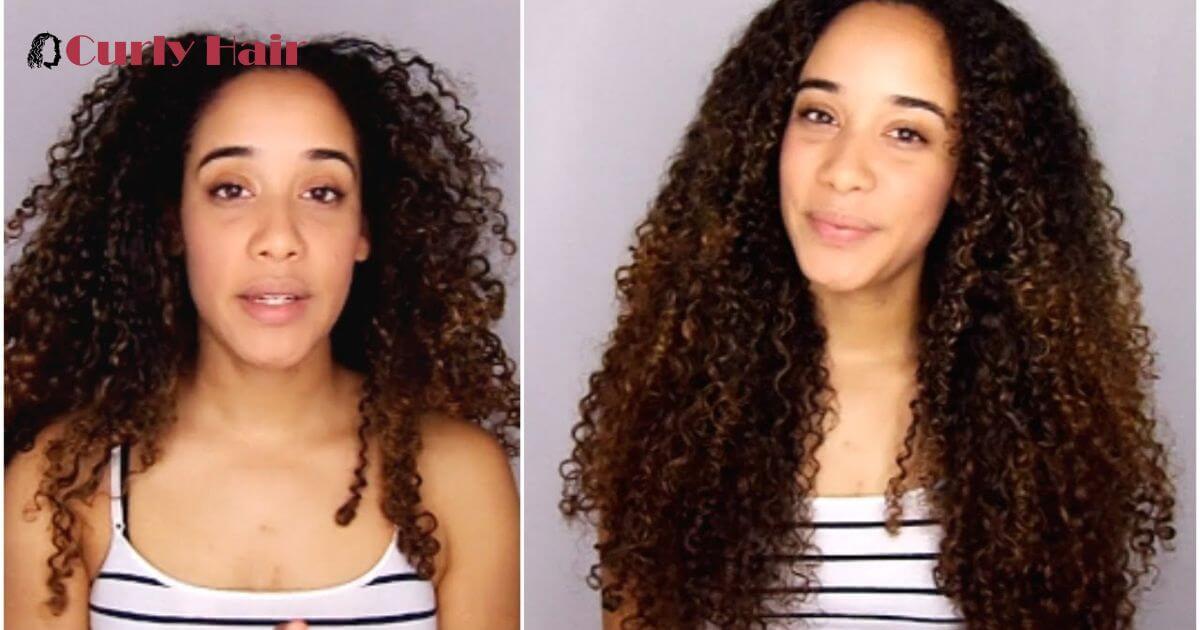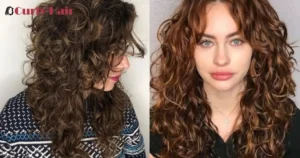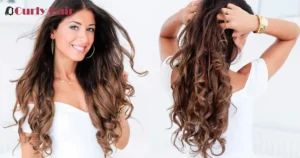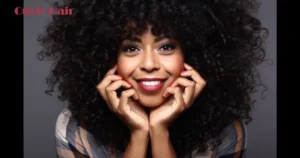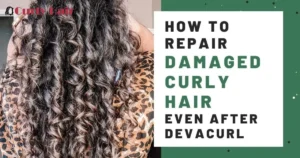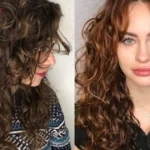If you’ve been asking, “How do you get your natural curly hair back from damage?”You’re not alone. Many people with curly hair experience issues like heat damage, chemical overprocessing, or dry, limp curls, which can weaken or alter your natural curl pattern.The good news? You can revive your curls. This guide will help you restore your curl health, regain bounce, and protect your strands moving forward whether you’ve dealt with straightening, coloring, or over-manipulating your hair and also helps you in curly hair growth.
Why Curly Hair Gets Damaged So Easily?
Curly textures tend to be more fragile and porous. The bends and coils in the hair strand make it difficult for natural oils to reach the ends, leading to dryness, breakage, and loss of curl structure.
Common causes of curl damage include:
- Flat irons and blow dryers
- Bleaching and chemical relaxers
- Over-washing or harsh shampoos
- Tight braids or ponytails
- Using non-curly hair products
10 ways to restore your natural curly hair
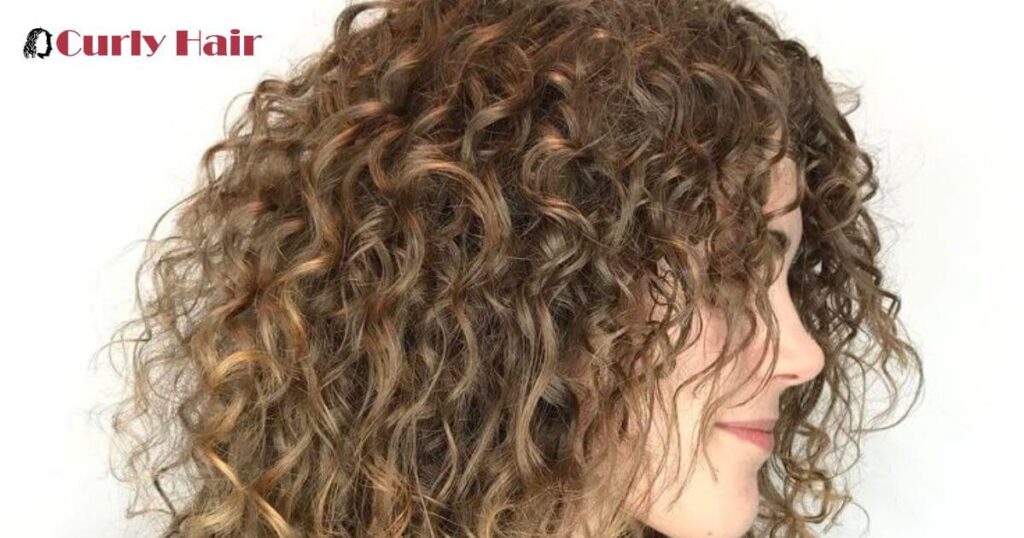
Here are 10 ways to restore your natural curly hair.If you’ve been asking, “How do you get your natural curly hair back from damage?”You’re not alone these steps helps you to make shiny curly hair.
Eliminate Heat and Chemical Exposure
To heal, you must stop what’s hurting your curls:
- Avoid heat styling tools like straighteners or curling wands.
- Skip chemical straightening treatments and dyes for a while.
- Let your curls breathe and focus on repairing your curl structure.
Use Moisturizing Deep Conditioners Weekly
A key to reviving curls is intense hydration. Choose deep conditioners with:
- Shea butter, argan oil, or aloe vera
- Labels that say “moisture repair,” “curl defining,” or “hydration boost”
Look for products designed for dry, curly, or coily hair types. This helps restore elasticity and bounce.
Incorporate Protein Treatments for Strength
Your hair also needs protein to rebuild its structure. Try treatments that include:
- Hydrolyzed keratin
- Rice or wheat protein
- Silk amino acids
Use these every 2 to 4 weeks. They help repair weak strands and prevent further split ends.
Switch to Curl-Safe, Sulfate-Free Products
Avoid ingredients that strip moisture:
- Sulfates, silicones, and drying alcohols
Instead, choose products labeled:
- “Curly girl approved”
- “Moisturizing curl shampoo”
- “Gentle cleansing conditioner”
These products are essential for maintaining curl health and avoiding further damage.
Use the LOC or LCO Method for Moisture Lock
Lock in moisture using:
- Liquid (water or leave-in)
- Oil (like jojoba, castor, or grapeseed)
- Cream (curl cream or butter)
Experiment with both LOC and LCO to find what works. These routines help prevent frizz, increase definition, and make your curls more manageable and these steps helps you to improve your curly hair volume.
Air-Dry or Use a Diffuser With Low Heat
Avoid heat, but if needed, use a diffuser on low settings with a curl-defining cream beforehand. Always apply a heat protectant to prevent further damage.
Better yet? Air-dry your curls. It’s the gentlest method for maintaining your curl pattern.
Try Curl Training Techniques
Sometimes curls need a little push to bounce back. Use:
- Finger-coiling
- Rake and shake method
- Denman brush styling
These curl-defining techniques encourage uniform curls and reduce patchy curl loss.
Use a Microfiber Towel or T-Shirt for Drying
Ditch rough towels and they cause frizz and tangles. Instead:
- Use a microfiber towel or an old cotton T-shirt
- Pat or scrunch your hair instead of rubbing
This helps you preserve curl shape and retain moisture.
Protect Your Hair at Night
Sleeping on cotton pillowcases causes friction. Instead, use:
- A satin bonnet or silk pillowcase
- Loose pineapple bun or braids to prevent tangling
Night care prevents breakage, retains moisture, and keeps curls intact.
Trim Regularly to Remove Damaged Ends
Trimming split or straight ends allows healthy hair to grow and curls to bounce back naturally. Even small trims every 6,8 weeks can make a difference.
You don’t always need a big chop; consistency works too.
How to Know If Your Natural Curls Are Returning?
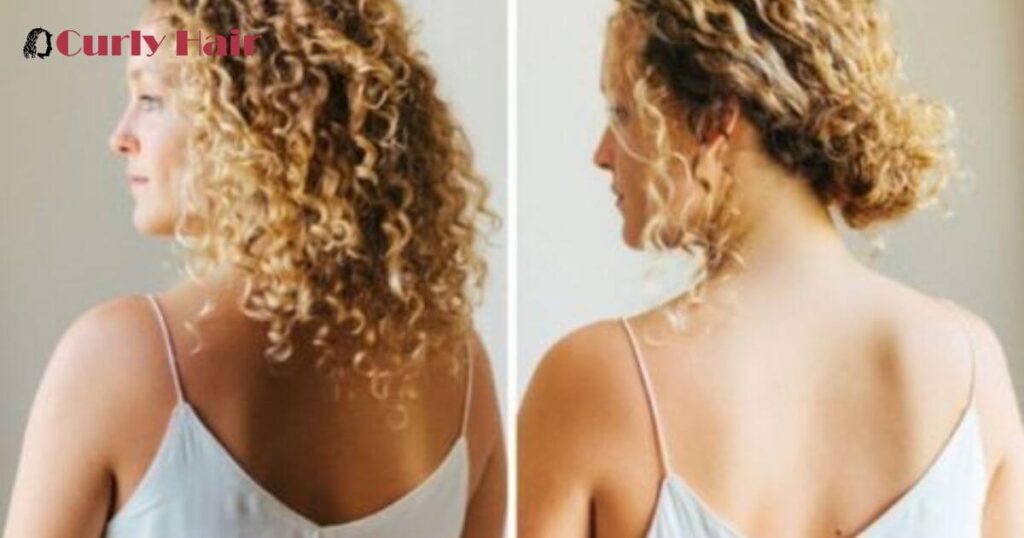
Watch for signs like:
- Increased curl definition
- Less frizz and breakage
- Stronger, more resilient strands
- Improved curl elasticity
Be patient, healthy curls take time. But with love and care, your natural texture will begin to thrive again.
Conclusion
So, how do you get your natural curly hair back from damage? Start by eliminating harmful habits, switching to curl-safe products, and giving your hair the hydration and nourishment it needs. Focus on repair over styling, and with patience, your curls will bounce back beautifully.
Remember, curly hair thrives with gentle care, consistency, and love. Even small changes to your routine can lead to big improvements over time. Don’t be discouraged if your curls take a while to return. Recovery is a journey, not a race.
Stay committed, embrace your texture, and celebrate every wave, coil, and curl along the way. Your natural hair is a crown and treats it like royalty.
Frequently Asked Questions
Can I reverse permanent heat damage?
In most cases, you can’t reverse heat damage on the same strand, but you can cut off the damaged ends and encourage healthy regrowth.
How long does curl restoration take?
Results vary, but noticeable curl recovery typically happens within 3–6 months with consistent care.
Do protein treatments work for all curl types?
Yes, but the frequency depends on your curl type and damage level. High-porosity hair usually benefits more from protein.
Can I use coconut oil to restore curls?
Yes! Coconut oil penetrates the hair shaft and helps reduce protein loss, especially when used before washing.
How often should I wash my curly hair during recovery?
Once or twice a week is ideal. Use a gentle, sulfate-free shampoo and always follow with conditioner.
Is the curly girl method good for damaged curls?
Absolutely. It eliminates harsh products and encourages practices that support your hair’s natural texture.
Should I completely avoid styling my curls?
Limit manipulation and heat. Focus on protective styles like twist-outs, braid-outs, or wash-and-go’s that enhance curls without causing stress.
